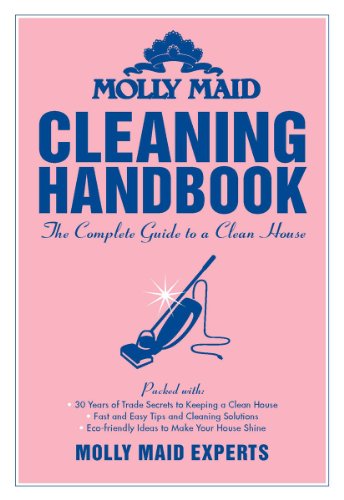
Although spring brings warmer weather and beautiful flowers, it also brings about seasonal allergies. With pollen in the air and the accumulation of dust inside our homes from the winter months, allergies are hard to escape! Here are some helpful tips you can implement within your home to mitigate allergies this season.
Prevent and tackle dust
- Regular cleaning is critical, to lessen the amount of dust in your home. Fabric items such as curtains, furniture and carpets are the main culprits for gathering dust. Consider the fabric items in your home, can you remove your heavy curtains or replace your high-pile carpet with hardwood or laminate flooring?
- If you aren’t planning on doing any significant remodelling, there are a few cleaning tasks you can do on a regular basis, to help mitigate the dust. For instance, use washable throw rugs on your hardwood or tiled floors, and launder weekly. If you are placing carpet down in your home, choose carpets that have short, tight fibres, as they collect less dust and are easier to clean.
- Declutter as much as possible. Limit the number of knickknacks and other dust collecting items in your home that are no longer of use.
- Dust surfaces, vacuum and damp mop floors weekly to remove any unwanted dust around your home.
Clean the air
- Maintain the humidity levels in your home at approximately 50 percent. This will deter the formation of mold in your home, and prevent dust and pollen particles from being stirred.
- Keep your windows closed between 10am to 3pm, when pollen counts are highest. Keep your windows closed on windy days to prevent pollen from being blown indoors.
- Consider using an air purifier to trap airborne dust and dander. This is especially important if you have animals in your home.
- As temperatures rise, consider using a high-efficiency particulate air filter (HEPA) in your air conditioning system, to absorb, intercept and diffuse dirt particles.
Prevent mold in your bathrooms
- Inspect any high moisture areas in your bathroom. Check your pipes for leaks on a regular basis. If any leaks are present, fix them immediately to prevent any mold or mildew from forming in hard-to-reach areas. Once the leak has been fixed, dry the area thoroughly.
- Run your ventilation fan, or open the windows for 30 minutes after having a shower or bath. This will remove the moisture from your bathroom.
- If you happen to find mold in your bathroom, add 10 drops of tea tree oil to a spray bottle of water and shake. Next, apply the solution generously to the infected area. Use an old toothbrush to scrub the area, thereafter, repeating the process until the mold has disappeared. Tea tree oil contains anti-fungal properties that clean-up and prevent mold from growing.

